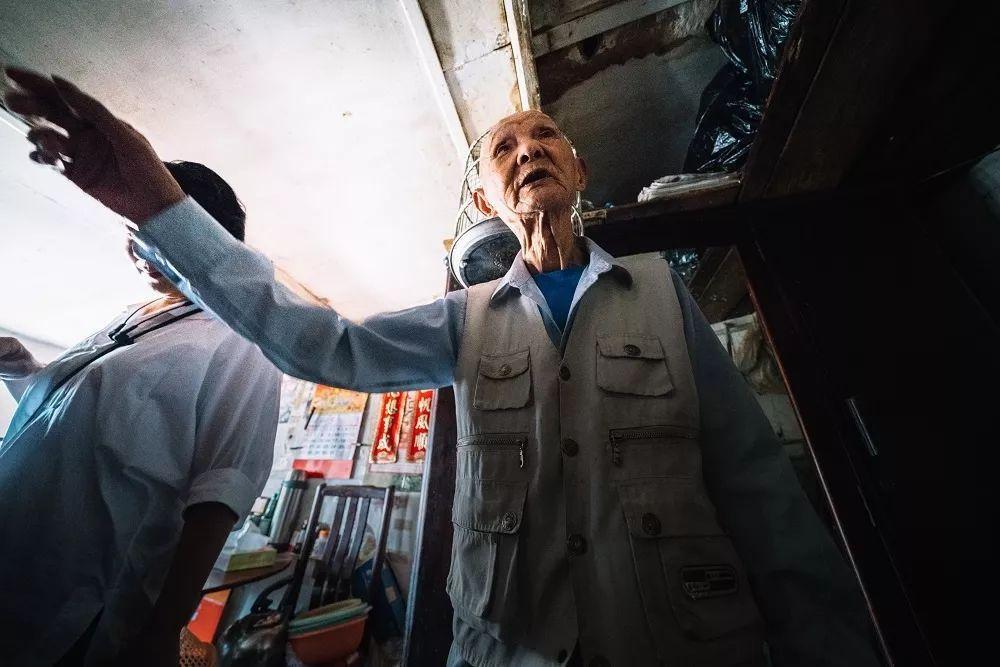
4 minute read
Architecture as a Tool for Justice Refan Abed
the city’s shikumen houses have since been demolished (Tay, 2015), making way for new apartment blocks now presented as a glorious neighborhood. Today, there are only an estimated 200,000 residents living in the remaining longtang, or less than 1% of the city’s population (Bao, 2019).
Though the buildings’ structure was demolished, the nostalgia for shikumen and longtang lives on, as reflected by the comedy and remaining residents. As a former shikumen resident, I still remember the summertimes of my childhood, when I sat on a short round stool at the front of the stone gate, eating watermelon and chatting with my neighbors walking-by. It’s true that life in longtang is not always easy, sometimes suffocating – leaving one feeling trapped in the mesh of narrow lanes. Yet it’s also true that the arrangement of shikumen houses, lanes, and courtyards created interlocking patterns that encouraged direct interaction between side-by-side neighbors (UNCC SOA, 2015). With an ever-growing number of residents expressing their desire to stay in longtang, where their sweet memories linger, a group of architects, planners, and preservationists are helping residents file petitions to the government. Bowing to pressure, the city of Shanghai has suspended the demolition of most shikumen houses in the 2010s, and introduced a new approach of shikumen renewal in 2020 as part of the city’s fourteenth five-year plan.
Advertisement
Preserving Shikumen
In addition to the physical distress most old buildings face, shikumen confront another unique issue, overpopulation. To address this challenging issue, the city of Shanghai adopted an approach called “Select-Renovate” (抽户 改造) – “selecting” tenants to move out, to free up and “renovate” the living space for remaining residents. Units where residents still use portable urinals and shared kitchens will have independent kitchens and bathrooms, and the shikumen building itself is preserved, repaired, and upgraded. The “Select” part of this approach is controversial in many ways, as selected families are forced to move from their homes.
Instead of cherry-picking residents, the city of Shanghai developed core criteria to rationalize the selection process. Residents will be only be prioritized on the “Select-Renovate” list when their unit meets one of the following criteria, including:
• Originally being located in public space (i.e., an add-on unit in the shared kitchen); • Having a comparatively high residential density; • Having a comparatively small square footage; • Requiring full renovation as suggested by the plan. To ensure fairness, residents who are selected to move out receive monetary compensation based on the square footage of their units, while remaining households move back to their upgraded homes and enjoy their for free once the repair work is done. A more vital step of this selection process is community engagement, a process that was often overlooked by the city’s previous urban renewal projects. This time, residents are not forced to either leave or stay. Residents whose units fall under the core criteria can choose to stay in shikumen while residents whose units are in good shape can apply to leave if they would like to.
A shikumen resident talking with planners on the “Select-Renovate” approach Note. From Phoenix New Media.
During one resident meeting, Xiaojie Zhang, Deputy Director of East Nan Jing Road Subdistrict, found a household expressing hope of staying - despite living in a 5 square meters (53.8 square feet) space, the resident was resolutely unwilling to be put on the “SelectRenovate” list, stating he was used to living in the center of the city and could not afford an apartment with the compensation and his savings. He elected to stay even though the upgrade to his unit would be limited due to its small size.
“We kept this selection process transparent and consistent, which resulted in the success of this “selectrenovate” approach” Zhang said. According to the fourteenth five-year plan (2020), the city of Shanghai will renovate “all types of old housing built before the end of 2000” and will implement “a higher level of renovation and upgrades to 50 million square meters (538 million square feet) of old housing”. Though I cannot predict whether or not the city will be able to achieve this goal, I am certain people in the city will be more satisfied with this new participatory approach.
Yining is a Research Analyst & GIS Coordinator at NYCHA, where she develops data-driven strategies to shape meaningful investments that will not only address physical needs of buildings, but also enhance residents’ health and access to opportunity. Born in Shanghai, Yining holds a Bachelor of Engineering from Tsinghua University and a Master’s degree in Urban Planning from Columbia University.










